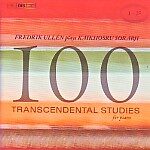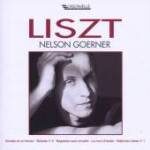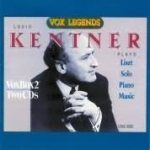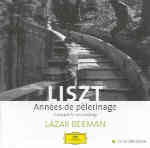

In contrast to Sorabji’s first three single-movement piano sonatas, the 1929 Sonata No. 4 is structured in three movements that add up to more than

Although Kaikhosru Sorabji is best known for his marathon-length large-scale piano epics (Opus Clavicembalisticum and the Fourth Sonata, for example), I’ve always felt that his

As with previous volumes in his Brahms piano music cycle, Hardy Rittner utilizes excellently restored period instruments. One is a Johann Baptist Streicher salon grand

Martha Argerich’s 1976 recordings of Schumann’s Fantasiestücke and C major Fantasy for Ricordi first appeared in the U.S. on a Columbia Masterworks vinyl release, while

If, like me, you missed Nelson Goerner’s splendid 1999 and 2007 single-disc Liszt releases for Cascavelle the first time around, here they are again, compiled

Aside from the clunky tempo during the central bacchanal in the Tannhäuser Overture, and the odd, backward accentuation of the descending violin figures in the

Louis Kentner’s Liszt playing grew more expressive and characterful in the 1950s and ’60s in contrast to his younger, more reticent shellac-era counterpart. Yet while

Like its predecessors, the fifth installment of Noriko Ogawa’s Debussy cycle generally reveals this pianist’s way with the composer to be easygoing, soft grained, and

Jorge Bolet’s noble, somewhat restrained Liszt playing evokes a sound-world far removed from the pyrotechnicians who barnstorm their way through the etudes or opera transcriptions.

Slightly more warmth and detail emerges in DG’s 20-bit remastering of Lazar Berman’s 1977 recording of Liszt’s Années de pèlerinage compared to the label’s earlier
![]()
